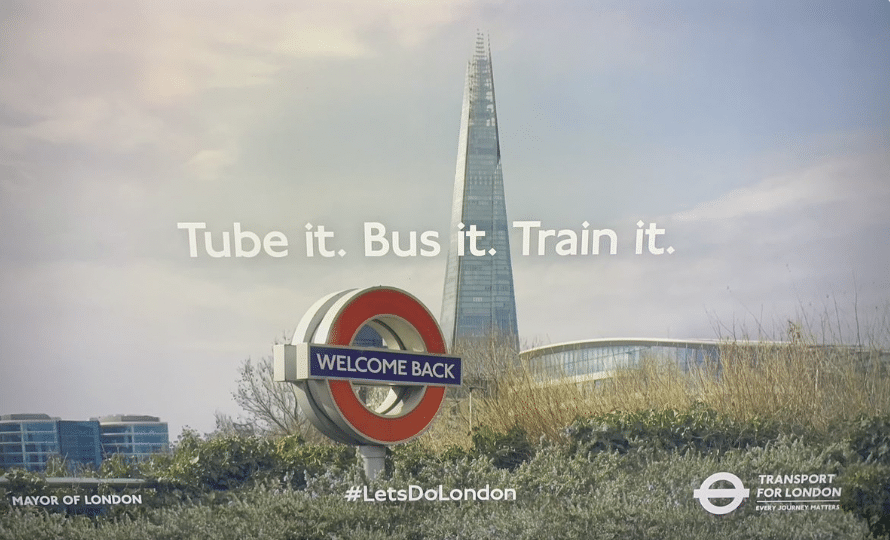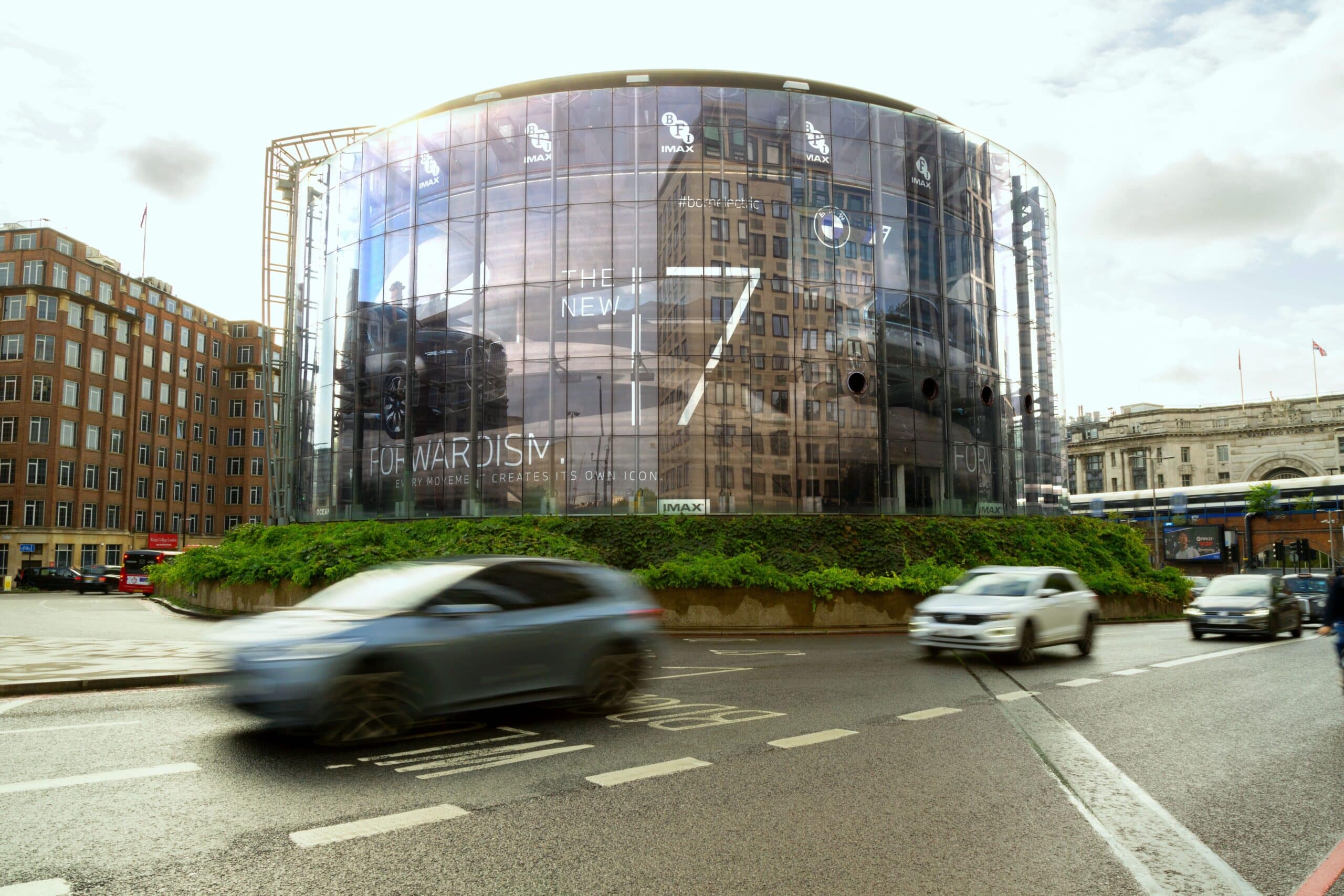Eco-Effectiveness – is there a trade-off between a more sustainable and an effective media plan?
Creating a sustainable but effective media plan is possible, but it requires balancing emissions, efficiency, and scalability.
By Dominic Charles, Head of Audience Intelligence and Marketing Science
When it comes to eco-effectiveness, there’s a question being wrestled within the mind of the media planner: is there a trade-off between a more sustainable and an effective (ROI) media plan?
Reducing emissions from media planning and buying is a key commitment of Ad Net Zero. On paper it looks fairly straight-forward; a decrease in media emissions can come from either reducing the overall level of media investment or focusing investment into the media channels that generate lower emissions per impression. However, both of these approaches have clear commercial compromises.
Decreasing the levels of media investment and activity can reduce the associated contribution back to the business
Decreasing the levels of media investment obviously reduces the associated emissions. However, in the vast majority of cases — the exception being where a brand’s investment is significantly into diminishing returns — reducing media activity will reduce the associated contribution back to the business, be that sales, leads and brand equity. Quite simply, ensuring that media plans are more sustainable through making them smaller can conflict with provoking growth for a client’s business.
A higher order debate could be had around the role of advertising in a more sustainable society. However, the blanket approach of ‘do less media’ to reduce media planning and buying emissions could paradoxically lead to scenarios where reducing emissions from the media plan doesn’t lead to overall emission reduction.

Take Transport for London (TfL) as an example. A key objective of its media activity is to facilitate a behavioural shift from travellers to use public transport instead of taking a car or taxi. For every journey that shifts between modes, the reduction in emissions from that journey is approximately 80%. If media activity is reduced, fewer journeys will shift from a car to public transport and the result is a net higher number of emissions. To put it into context, the emission reduction from less media activity is counteracted by the higher number of car journeys that result.
A blanket approach of reducing media spend to reduce emissions just doesn’t work.
A given media channel generates on outcomes that are not consistent
Research from Thinkbox shows that the relative ROI by channel varies quite significantly. The same number of impressions delivered in each channel will not create the same level of effect. This can have a material impact on the right way to reduce media carbon emissions.
For example, if there’s two channels emitting 10 and 1000 Kg CO2 per impression respectively (illustrative examples but in line with real life orders of magnitude), the natural instinct is that to create a more sustainable plan, more spend would be needed in the first channel. However, if the sales uplift per impression for the same two channels were 1 and 200 respectively, then the channel with the higher emissions per impression is the more sustainable choice. The reason being that each impression is disproportionally powerful at driving outcomes — in this example, the second channel would create half the CO2 emissions of the first for the same sales effect.
Another solution is needed for a more sustainable, yet effective media plan
Using a tool that fuses sustainability data with marketing mix modelling (MMM) outputs can help to quantify and optimise the carbon effort required to generate incremental sales.
By fusing these two sets of data Kg CO2 per incremental sale generated (think of this as ROI but for emissions rather than spend) can be determined. This allows a media planner to make a comparison against commercial efficiency (ROI).
It would be fair to say that this can vary significantly brand to brand and based on media buying strategy. Emissions from media vary significantly, even within the same channel, this is based on format and partner selection. However, in general the channels break down into one of four groups:
- Best of both worlds: channels that have a high ROI but also generate that ROI with relatively low emissions.
- Environmental compromise: channels that perform well commercially but require relatively high levels of emissions to generate that uplift.
- Commercial compromise: channels that have relatively low emissions per sale generated but have below average ROIs.
- Optimisation required: low ROI, high emission channels which are generally a function of a channel being in diminishing returns.
Let’s not forget that ROI is only one view. The size of sales effects that a channel is able to drive and how that compares to the emissions per sale must be considered.
Balancing three factors
With this in mind, creating a sustainable but effective plan means balancing three factors:
- Carbon emissions of the media channel
- Efficiency of the media channel
- Scalability of the media channel
To do this we need to look at two sets of curves:
The first is a typical sales response curve — a diminishing returns curve. This allows us to understand the incremental sales effect associated with increased spend. The second is a carbon emissions curve, the largely linear relationship between increases in media spend and the associated emissions. Combining these two curves allows a media planner to see how sales scale with both increases in spend but also increases in emissions. It’s this combined set of curves that enables media planners to assess where the trade-offs are between sustainability and effectiveness.

A good example of this is BMW. Using the two sets of curves enabled the media planners to look at different optimisation scenarios for their media investment, which helped to assess the emissions and ROI of different media plans. This showed that, in the case of BMW, there wasn’t a trade-off between a more sustainable media plan and an effective one. A laydown was identified with a 30% increase in sales generated from the same media cost and with no incremental carbon emissions. Arguably more importantly, a media plan was created that reduced the emissions from media by 20% with no detrimental impact on sales.
So, is there a trade-off between sustainability and effectiveness or ROI when it comes to media planning? Yes, sometimes. However, by using innovative new tools — with data insight — a media planner can see where the compromises lie. Media plans can then be optimised to create lower emission plans without impacting — or compromising — on effectiveness. It’s a win-win solution for eco-effectiveness.










